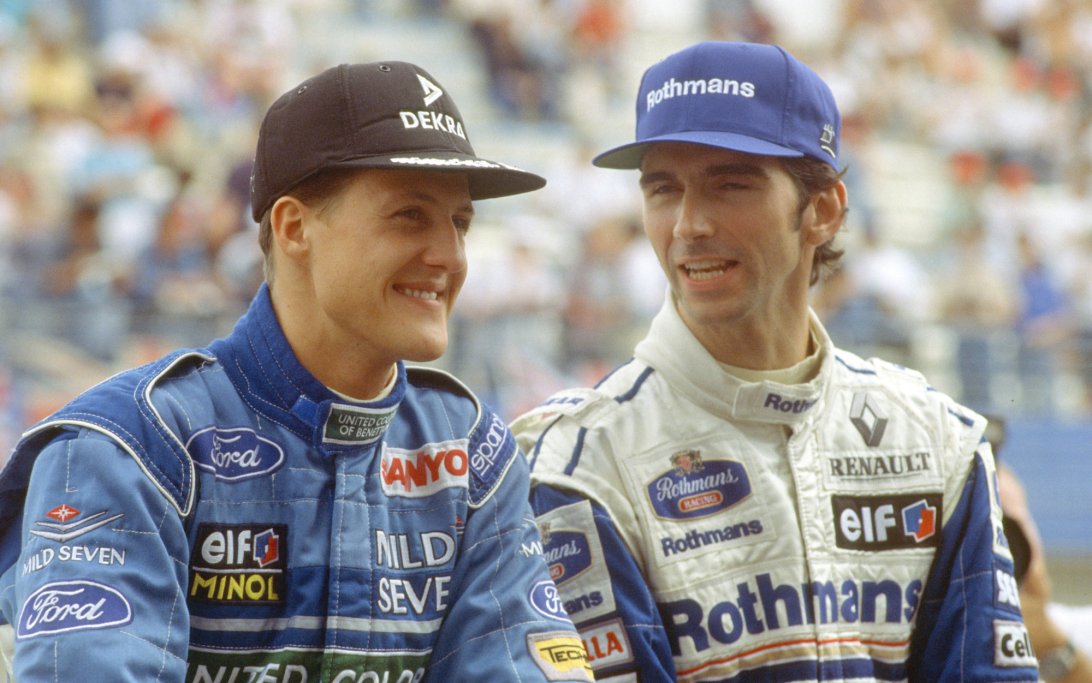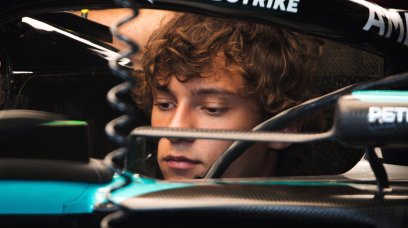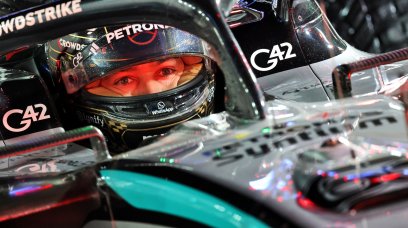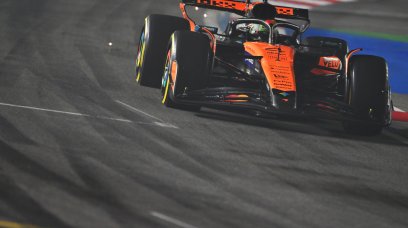Perhaps like no other, the 1994 Formula 1 season will go down as one of the most consequential in grand prix history.
There was a void at the heart of F1 after the established 'man to beat' Ayrton Senna had been killed whilst leading the San Marino Grand Prix, with his throne vacant and two candidates looking to step up and replace him.
It was a season which had tragedy, with Roland Ratzenberger also killed at Imola, scandal with allegations of one team cheating by using banned driver aids and disqualifications and one of the truly great drives to rescue a world championship - which would be decided 30 years ago today (November 13th), in Adelaide, Australia.
As we know, Michael Schumacher would commit the first of what could charitably be described as a 'professional foul' on title rival Damon Hill of Williams to land his first world championship, and launch a career that would turn Schumacher into one of the most famous and recognisable athletes in the world.
Viewed by others:
30 years on from 1994 Australian Grand Prix
Heading to Adelaide, Schumacher had 92 points to Hill's 91 after a nail-biting Japanese GP that was decided on aggregate in horrendous conditions at Suzuka.
Hill put in his greatest performance to win in the rain and ensure that Schumacher was the one with everything to lose heading down under to Adelaide.
In reality though, Schumacher should have had the season wrapped up well before the season-finale, which was round 16 of the campaign.
Schumacher had won eight of the 12 races in which he had been classified. He was disqualified from the British GP for overtaking Hill on the formation lap, and then ignored the black flag, whilst victory at Spa was chalked off and the German thrown out for too much plank wear - a safety measure introduced by FIA president Max Mosley in the aftermath of the double Imola tragedy - and an accident two weeks later at Monaco that left Karl Wendlinger in a coma.
For those Silverstone incidents, Schumacher was banned from the Italian and Portuguese Grands Prix, both won by Hill to reduce the points gap to 76-75 to Schumacher by the time he returned for the European GP at Jerez.
He would win there, and with Hill's Suzuka triumph, it meant heading to Australia, 92 points played 91 with Hill needing to finish at least fifth if Schumacher didn't score.
Pole position for the race went to Nigel Mansell in the second Williams, with Schumacher second and Hill third, but Mansell sensibly got himself out of the way early on as Hill set off in pursuit of Schumacher.
It happened on lap 36 of 81.
Schumacher vs Hill
Rounding the left-hander of Turn 5, Schumacher skated wide and hit the wall on the right-hand side, and realising his car was terminally damaged began to pull off into the run-off of Turn 6.
Crucially, though, Hill had just been out of view and could not see Schumacher's mistake. All he could see was a slow Benetton and a gap up the inside of Turn 6. It was a do or die moment.
Suddenly though, Schumacher's brain kicked into gear and he sharply turned in across the Williams, tipping himself onto two wheels before coming to rest in the barrier. From the outside, Hill's car appeared in-tact, but it quickly became evident there was a problem.
The contact had broken the front-left wishbone of the FW16B, or to put it another way, Hill was out and Schumacher was Germany's first F1 world champion.
It was the third of four times in nine seasons from 1989 to 1997 that the world title would be decided via contact after the Senna-Alain Prost Suzuka collisions of 1989 and 1990.
Blame was largely apportioned to Schumacher for the professional foul, and if it happened today, protests and appeals would be put in before Hill made it back to the pits, but this was 1994.
This was a Williams team on its knees following the death of Senna, the greatest racing driver in the world. Sir Patrick Head, Sir Frank Williams' number two would later concede that the team was simply trying to manage the aftermath of Senna's death.
It would not be until April 2007, some 13 years later, that the final verdict in the Italian courts would be issued, finding Head responsible for culpable homicide, but the statute of limitations had long since passed.
For Schumacher, his title propelled him into the F1 lineage of Fangio-Moss-Clark-Stewart-Lauda-Prost and Senna as 'the man to beat', going onto win the title again in 1995 before his move to Ferrari for '96 finally yielded success at the turn of the century.
By this time, Hill had retired from his relatively brief F1 career, ending as the 1996 world champion, and although it was never proven outright, and sadly will now never be, the question of Schumacher's true intentions that November afternoon remain unknown.
Also interesting:
Join RacingNews365's Ian Parkes, Sam Coop and Nick Golding, as they discuss where Max Verstappen's São Paulo victory ranks amongst the best in F1 history, and whether McLaren's title chances have taken a big blow.
Rather watch the podcast? Then click here!
Don't miss out on any of the Formula 1 action thanks to this handy 2026 F1 calendar that can be easily loaded into your smartphone or PC.
Download the calenderMost read
In this article





























Join the conversation!